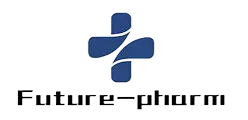
How to Source High Quality Pharmaceutical Raw Material for Your Business
In the rapidly evolving pharmaceutical industry, sourcing high-quality Pharmaceutical Raw Material is crucial for ensuring the efficacy and safety of medicinal products. According to a report by Allied Market Research, the global pharmaceutical raw materials market is projected to reach $270.9 billion by 2027, growing at a 6.6% CAGR from 2020 to 2027. This significant growth underscores the increasing demand for reliable, high-grade materials needed for drug manufacturing.
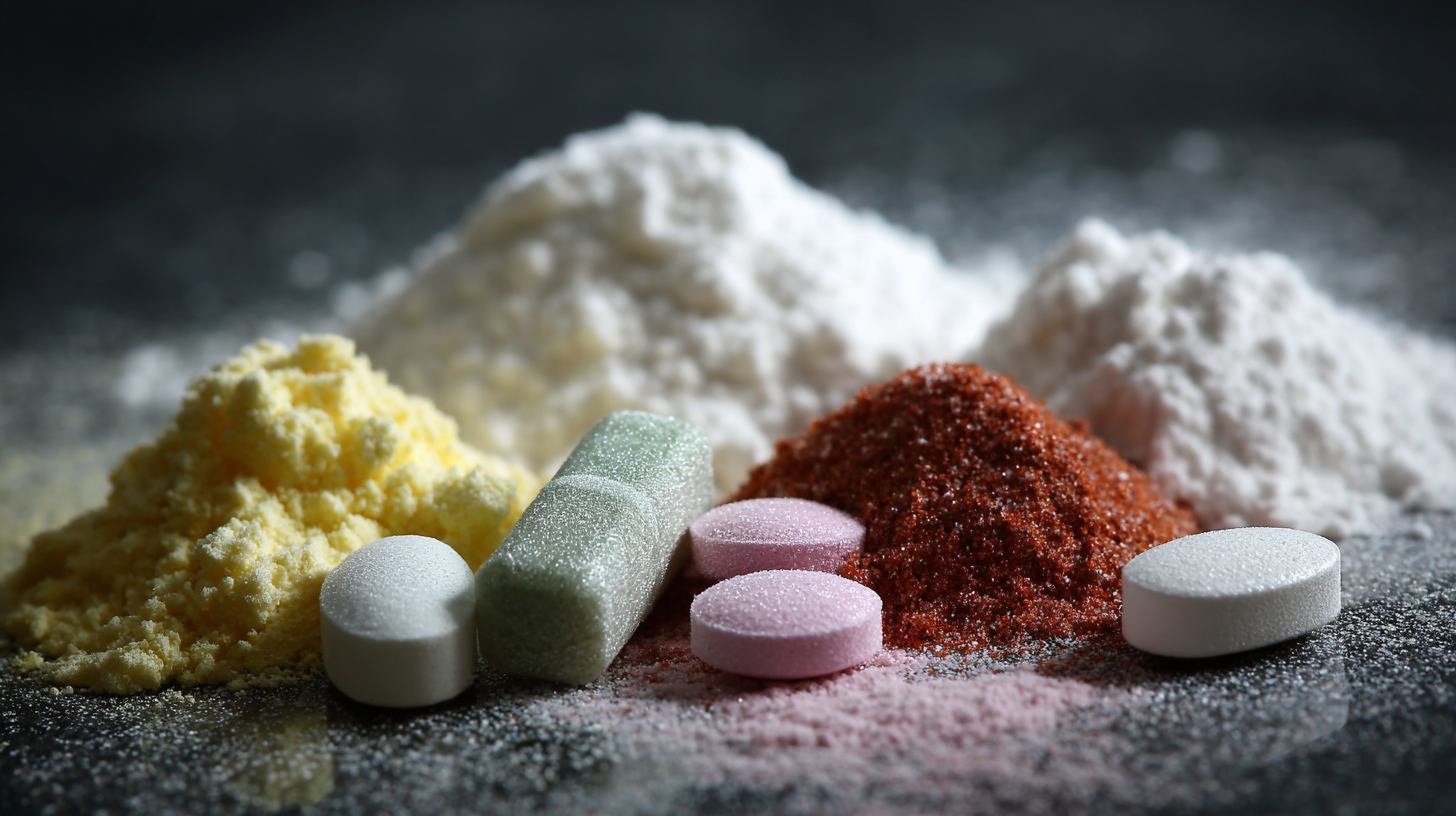
However, the sourcing of these materials poses challenges, including stringent regulatory requirements and the need for transparency in the supply chain. Companies must navigate these complexities while establishing robust relationships with suppliers that are capable of delivering consistent quality. This guide aims to provide insights and strategies for effectively sourcing Pharmaceutical Raw Materials to enhance product integrity and meet market demands.
Identifying Reputable Suppliers for Pharmaceutical Raw Materials in a Competitive Market
When sourcing high-quality pharmaceutical raw materials, identifying reputable suppliers is crucial in a competitive market. Begin by conducting thorough research to compile a list of potential suppliers. Factors to consider include their industry reputation, certifications, and compliance with international quality standards such as Good Manufacturing Practices (GMP). Engaging with professional networks and attending industry conferences can provide insights into reliable suppliers and emerging market trends.
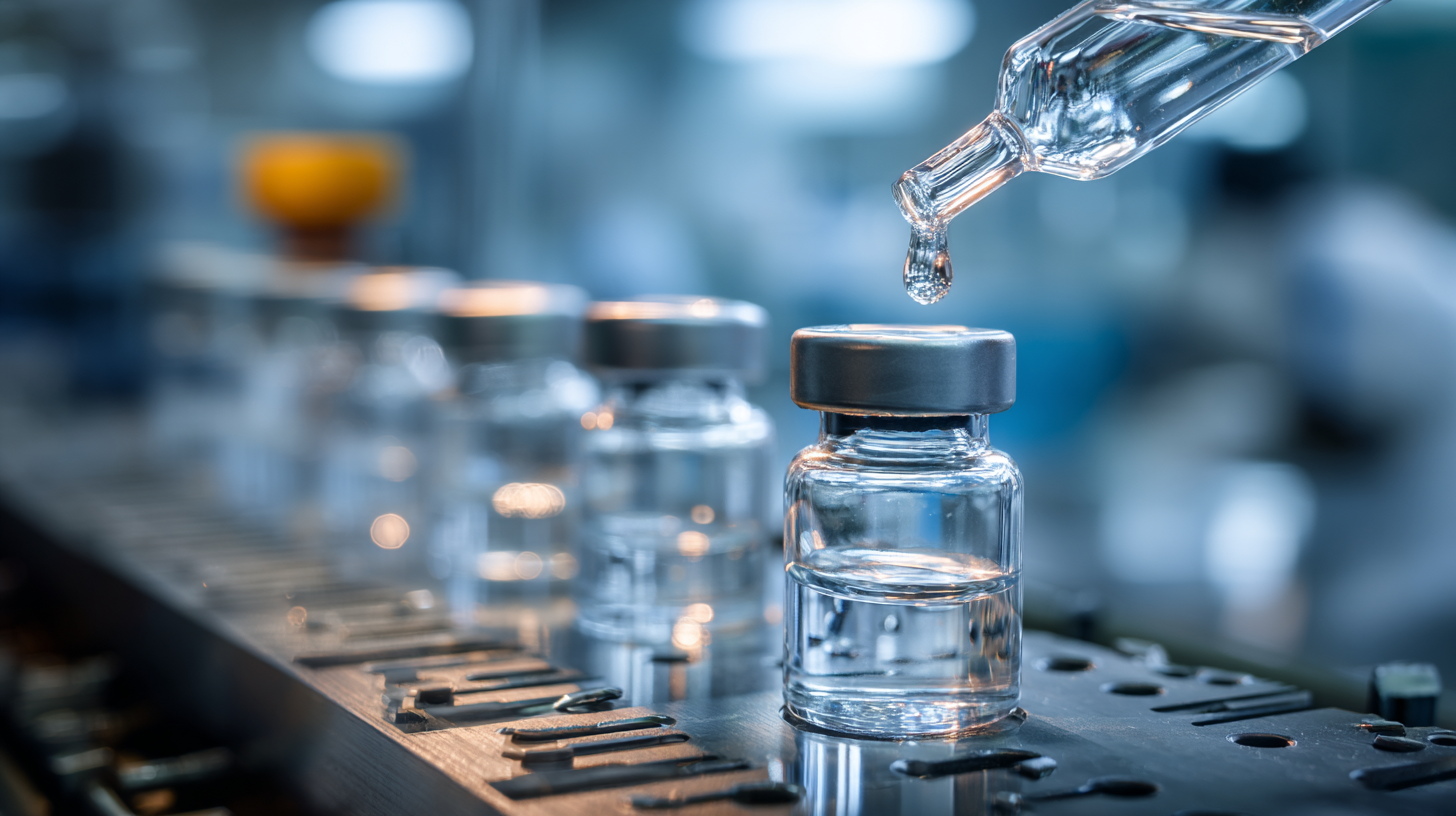
Evaluating Quality Standards: What to Look for in Pharmaceutical Raw Material Suppliers
When sourcing pharmaceutical raw materials, evaluating quality standards is crucial for ensuring both efficacy and safety. According to a report from IQVIA, the global pharmaceutical market reached approximately $1.5 trillion in 2021, emphasizing the importance of quality in maintaining market integrity. When exploring potential suppliers, look for adherence to established guidelines such as those set by the FDA, EMA, and WHO. These organizations provide stringent regulations that suppliers must meet, including Good Manufacturing Practices (GMP) and Good Distribution Practices (GDP).
**Tips:** Always request documentation verifying that raw materials meet these quality standards. Certificates of Analysis (CoA) and compliance with ISO certifications can provide insight into a supplier's reliability. Additionally, evaluate their track record for quality and consistency. Researching industry reviews and seeking recommendations from trusted colleagues can further enhance your assessment of potential suppliers.
It's also essential to consider the supplier's testing methods and quality assurance processes. A quality supplier will have a robust system for monitoring raw material consistency, including batch testing and stability studies. The 2022 report by Grand View Research highlights that more than 70% of pharmaceutical companies prioritize raw material sourcing that demonstrates clear traceability and quality assurance to mitigate risks. Always ask about the supplier’s approach to risk management and how they handle deviations in quality to ensure you are partnering with a reliable source.
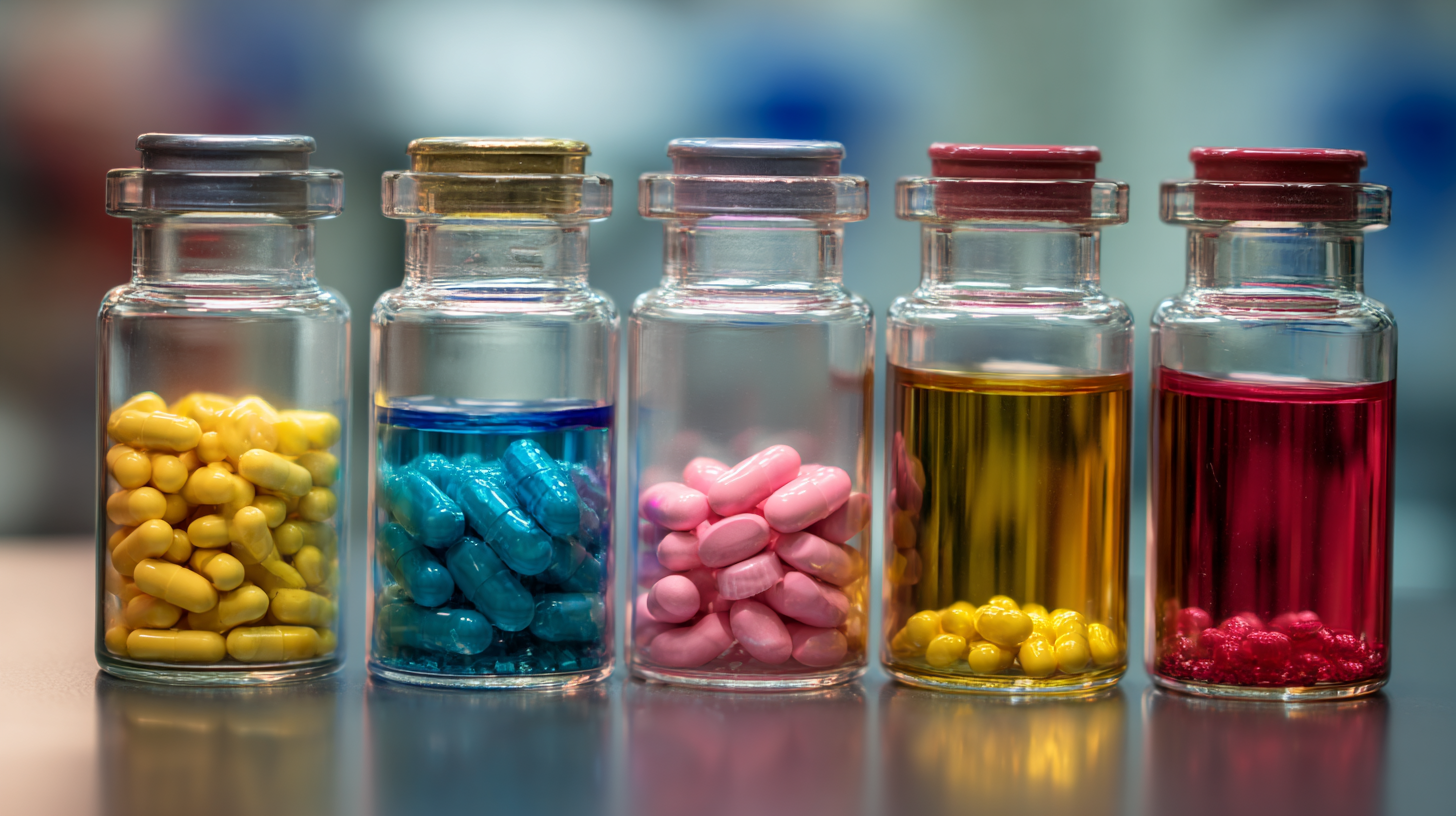
Understanding Regulatory Compliance and Certifications in the Pharmaceutical Industry
When sourcing high-quality pharmaceutical raw materials, understanding the regulatory compliance and certifications required is crucial for ensuring safety and efficacy. Pharmaceutical businesses must navigate a complex landscape of regulations set by various health authorities, such as the FDA in the United States and the EMA in Europe. These guidelines ensure that raw materials are sourced from approved manufacturers and that they meet stringent quality standards. This involves verifying that suppliers have the necessary licenses and certifications, such as Good Manufacturing Practice (GMP) certification, which signifies adherence to industry standards.
In addition to GMP, other certifications like ISO 9001 can play a significant role in evaluating the reliability of suppliers. ISO certification indicates that an organization has established a quality management system that is consistent and capable of producing high-quality products. Ensuring that raw material suppliers possess these credentials mitigates risks and fosters confidence not only in product quality but also in the long-term health of your business. Therefore, conducting thorough due diligence on suppliers regarding their compliance with regulatory requirements is essential for the success of any pharmaceutical operation.
Pharmaceutical Raw Material Sourcing Compliance
Leveraging Technology for Efficient Sourcing of Pharmaceutical Raw Materials
In the pharmaceutical industry, the quality of raw materials directly impacts product safety and efficacy. Leveraging technology for efficient sourcing is essential to ensure that your business secures high-quality pharmaceutical raw materials. According to a recent report by Grand View Research, the global pharmaceutical market is expected to reach USD 1.57 trillion by 2023, showcasing the increasing demand for reliable raw materials. Utilizing digital platforms and AI-driven analytics not only streamlines sourcing processes but also enhances supplier transparency, allowing businesses to quickly assess the quality of materials and compliance with industry regulations.
Moreover, adopting blockchain technology can revolutionize the supply chain by ensuring traceability and reducing counterfeit risks. A study by Deloitte indicates that 39% of pharmaceutical executives believe blockchain can enable them to improve supply chain visibility. By integrating such technologies, businesses can effectively monitor their supply chains in real time, making informed decisions that align with regulatory standards and market needs. This tech-driven approach not only saves time and resources but also fosters stronger relationships with suppliers, ultimately leading to improved product quality and consumer trust.
Assessing Cost-Effectiveness Without Compromising on Quality in Raw Material Procurement
When sourcing high-quality pharmaceutical raw materials, one of the foremost concerns is achieving cost-effectiveness without sacrificing quality. To navigate this vital balance, it's essential to establish a comprehensive evaluation framework that includes supplier credentials, material specifications, and regulatory compliance. Suppliers should provide certifications that verify their production methods and adherence to Good Manufacturing Practices (GMP). This evidence not only ensures quality but also mitigates potential risks associated with substandard materials.
Additionally, conducting a thorough market analysis can help businesses identify competitive pricing without compromising on the integrity of the materials. Engaging with multiple suppliers, negotiating bulk purchasing agreements, and considering long-term partnerships can yield significant cost savings. It is crucial to weigh these financial benefits against the potential risks of cheap substitutes that may affect the overall product quality. Therefore, a meticulous approach that emphasizes both quality assurance and cost control will empower businesses to make informed decisions in their procurement strategies.
How to Source High Quality Pharmaceutical Raw Material for Your Business
| Material Type | Supplier Country | Cost per kg (USD) | Quality Certification | Lead Time (weeks) |
|---|---|---|---|---|
| Active Pharmaceutical Ingredient (API) | India | 35.00 | cGMP | 6 |
| Excipient | China | 15.00 | FDA Approved | 4 |
| Active Pharmaceutical Ingredient (API) | Germany | 50.00 | EDQM | 5 |
| Packaging Material | USA | 20.00 | ISO 9001 | 3 |
| Intermediates | Italy | 40.00 | cGMP | 7 |
Related Posts
-

Discovering Reliable Supply Chains for Drug Raw Materials in a Competitive Global Market
-
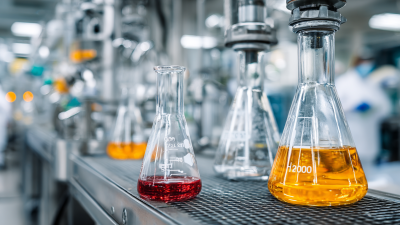
How to Select the Right Pharmaceutical Chemicals for Your Manufacturing Process
-

Unlocking the Future of Healthcare with Innovative Pharmaceutical Materials
-
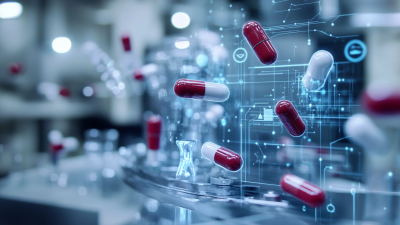
The Future of Drug Raw Material Innovation in Pharmaceutical Manufacturing
-
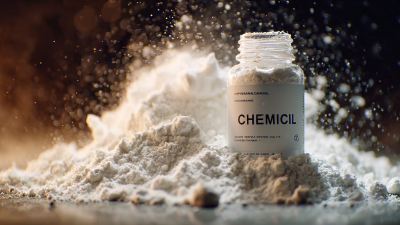
Navigating Issues with Sourcing Best Pharmaceutical Chemical Powder in a Competitive Market
-
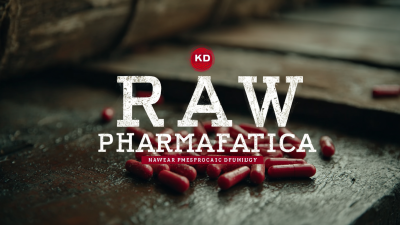
Unveiling the Specifications of the Best Raw Pharmaceutical: A Comprehensive Sourcing Guide for Global Buyers
